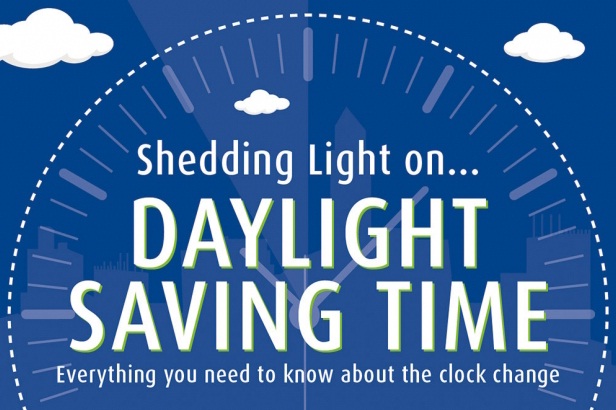
Daylight saving time (DST) or summer time is the practice of advancing clocks during summer months by one hour so that in the evening daylight is experienced an hour longer, while sacrificing normal sunrise times. Typically, users in regions with summer time adjust clocks forward one hour close to the start of spring and adjust them backward in the autumn to standard time.
The practice has received both advocacy and criticism. Putting clocks forward benefits retailing, sports, and other activities that exploit sunlight after working hours, but can cause problems for evening entertainment and for other activities tied to sunlight, such as farming. Although some early proponents of DST aimed to reduce evening use of incandescent lighting, which was formerly a primary use of electricity, modern heating and cooling usage patterns differ greatly and research about how DST currently affects energy use is limited or contradictory.
DST clock shifts sometimes complicate timekeeping and can disrupt travel, billing, record keeping, medical devices, heavy equipment, and sleep patterns. Computer software can often adjust clocks automatically, but policy changes by various jurisdictions of the dates and timings of DST may be confusing.














Reblogged this on Brittius.
Reblogged this on Maritime Cyprus and commented:
Infographic: Daylight Savings, everything you need to know.